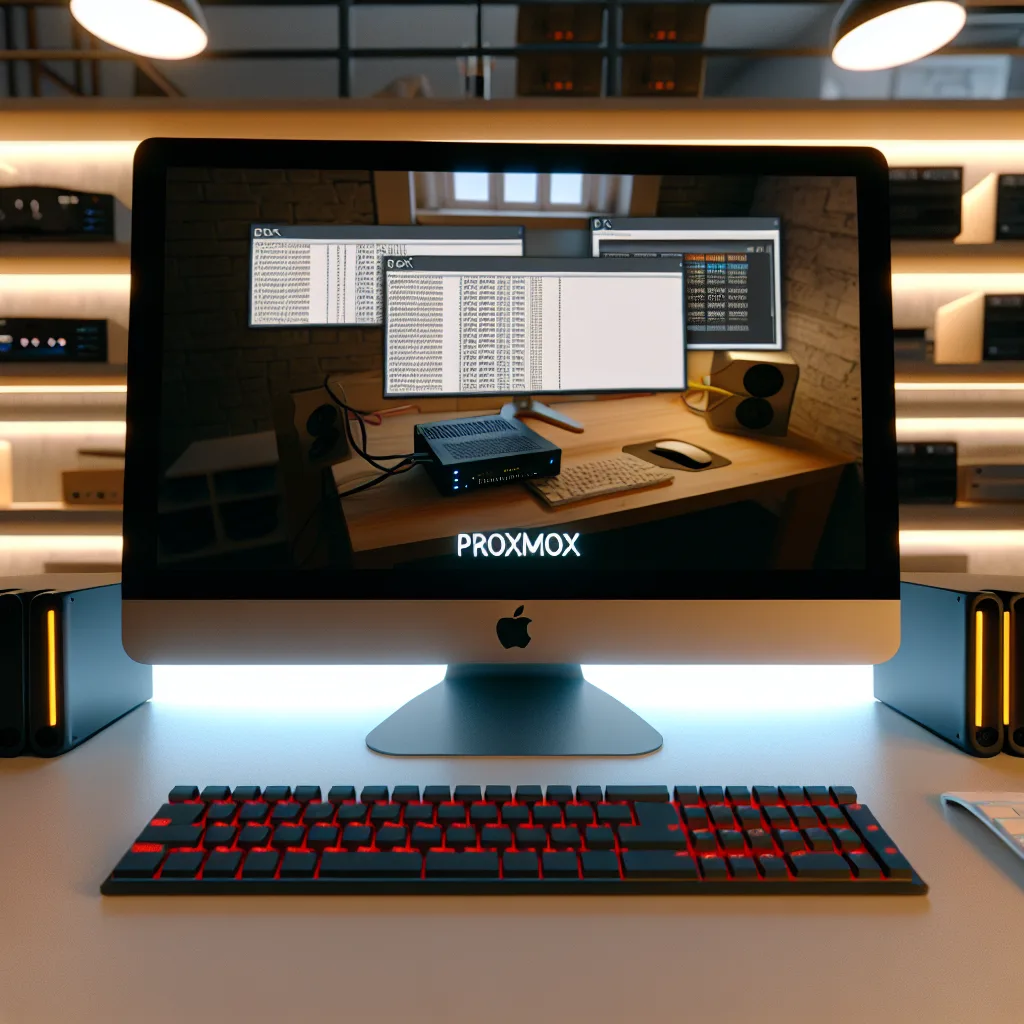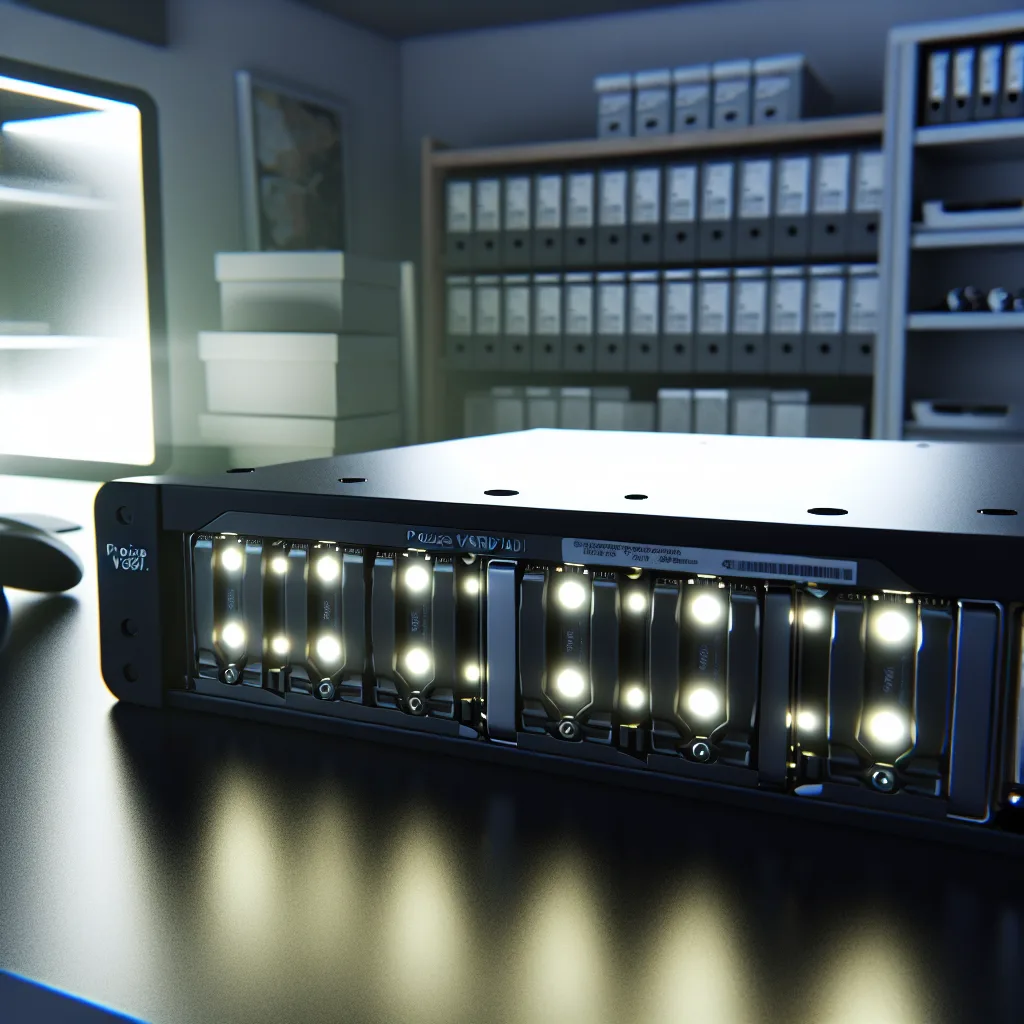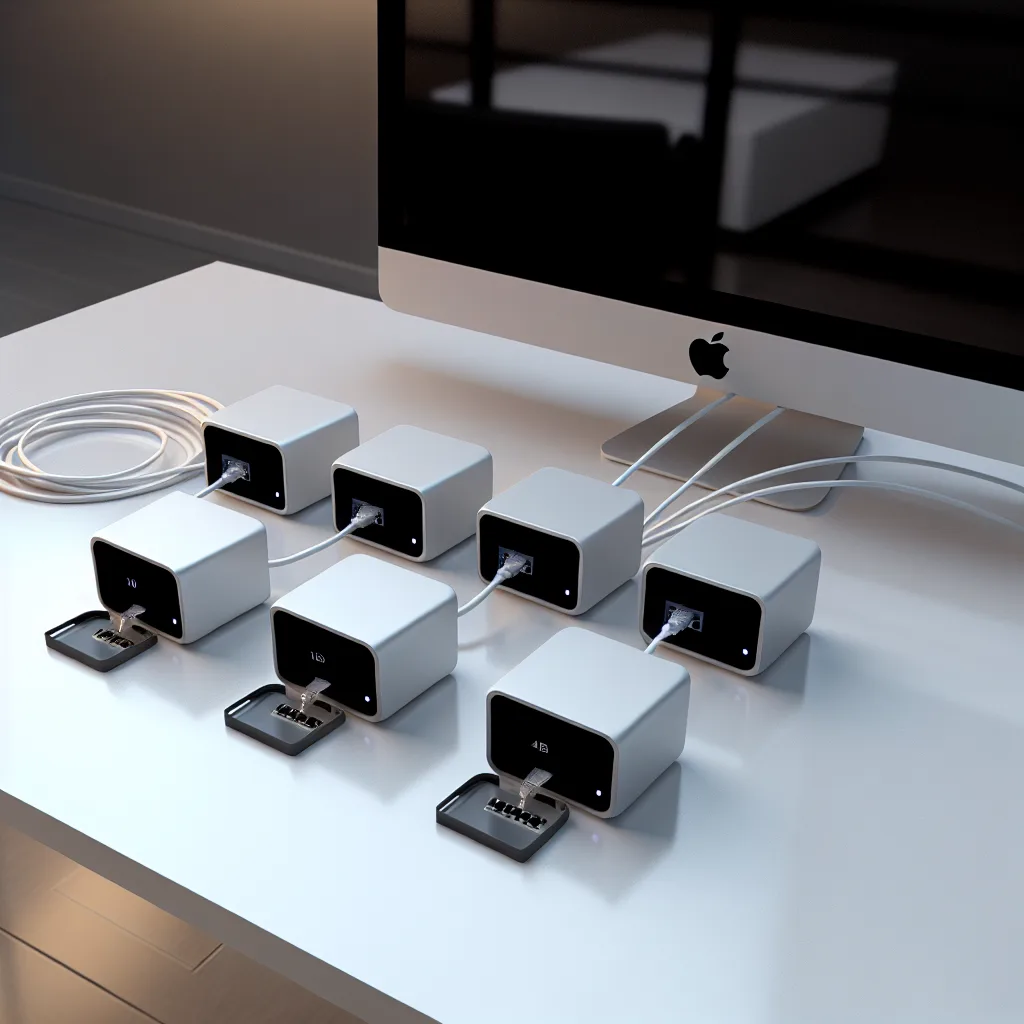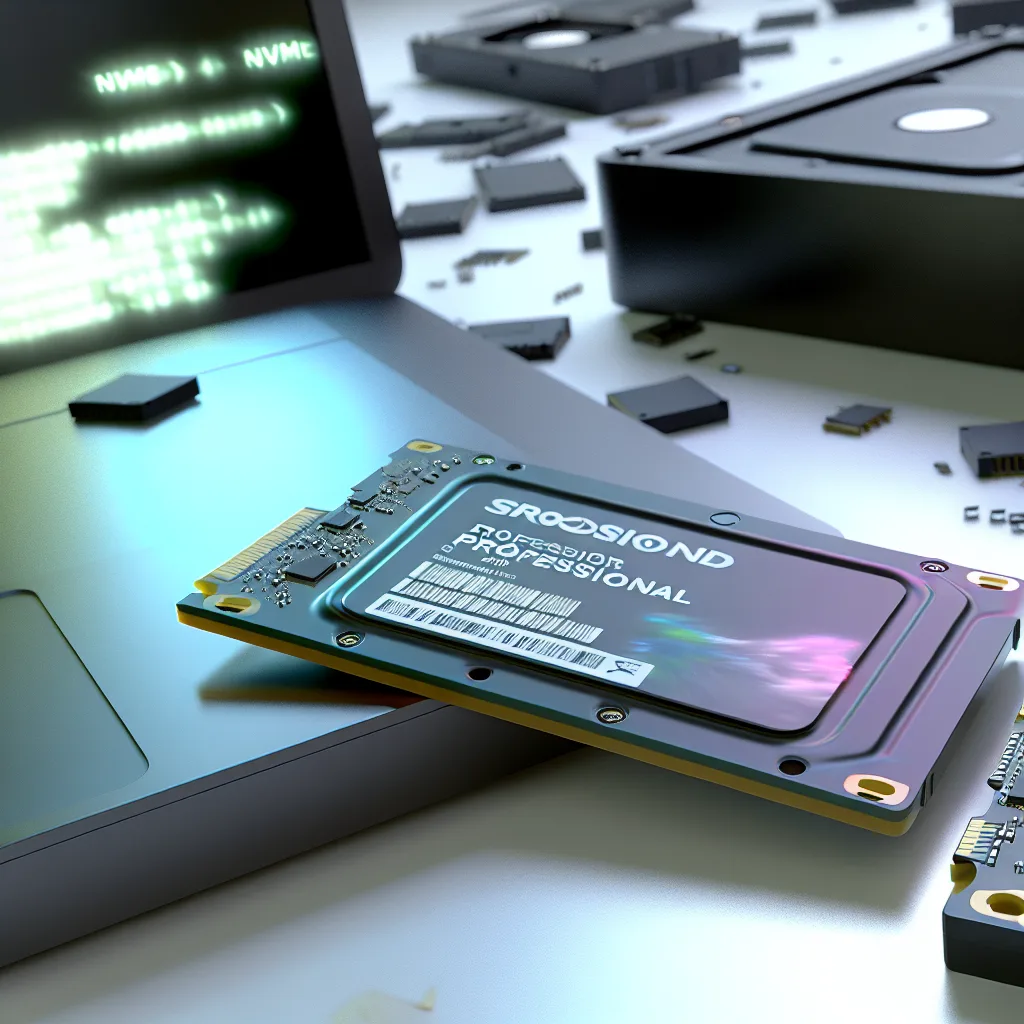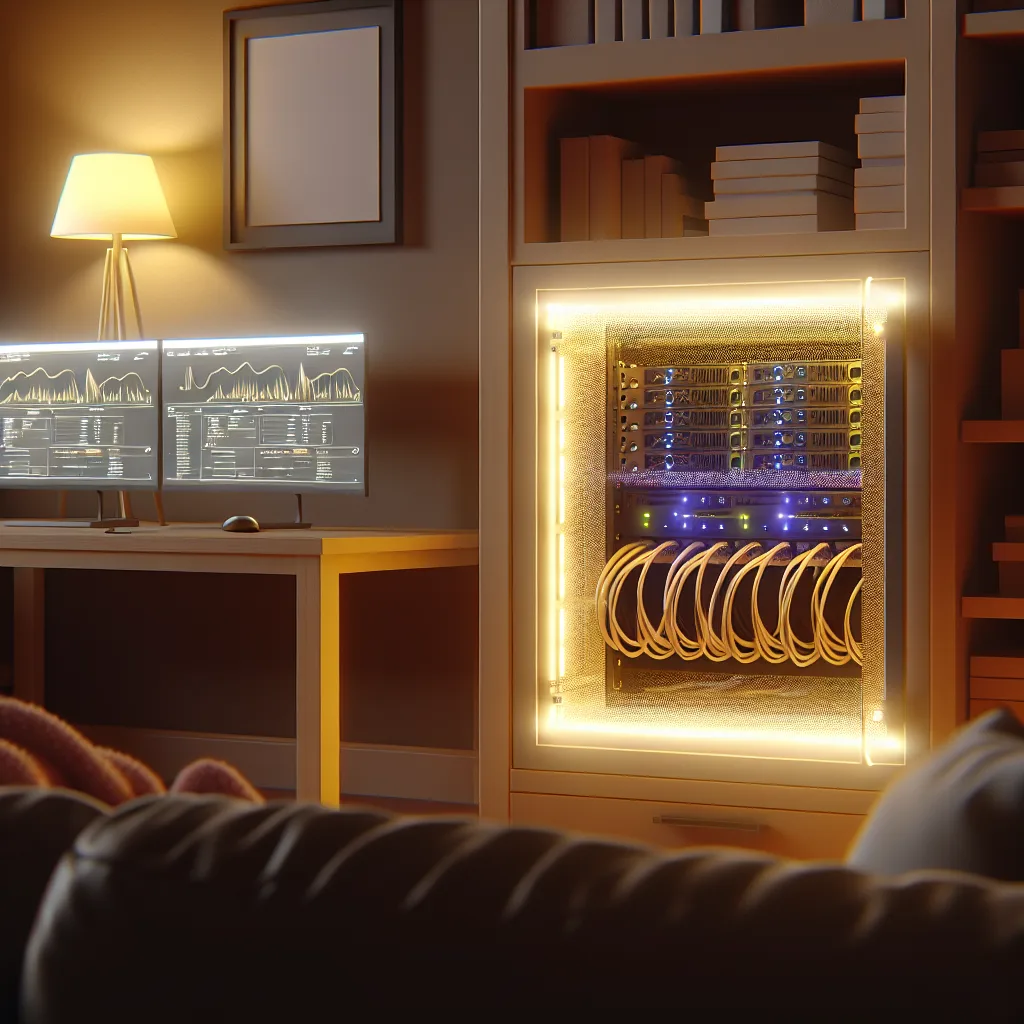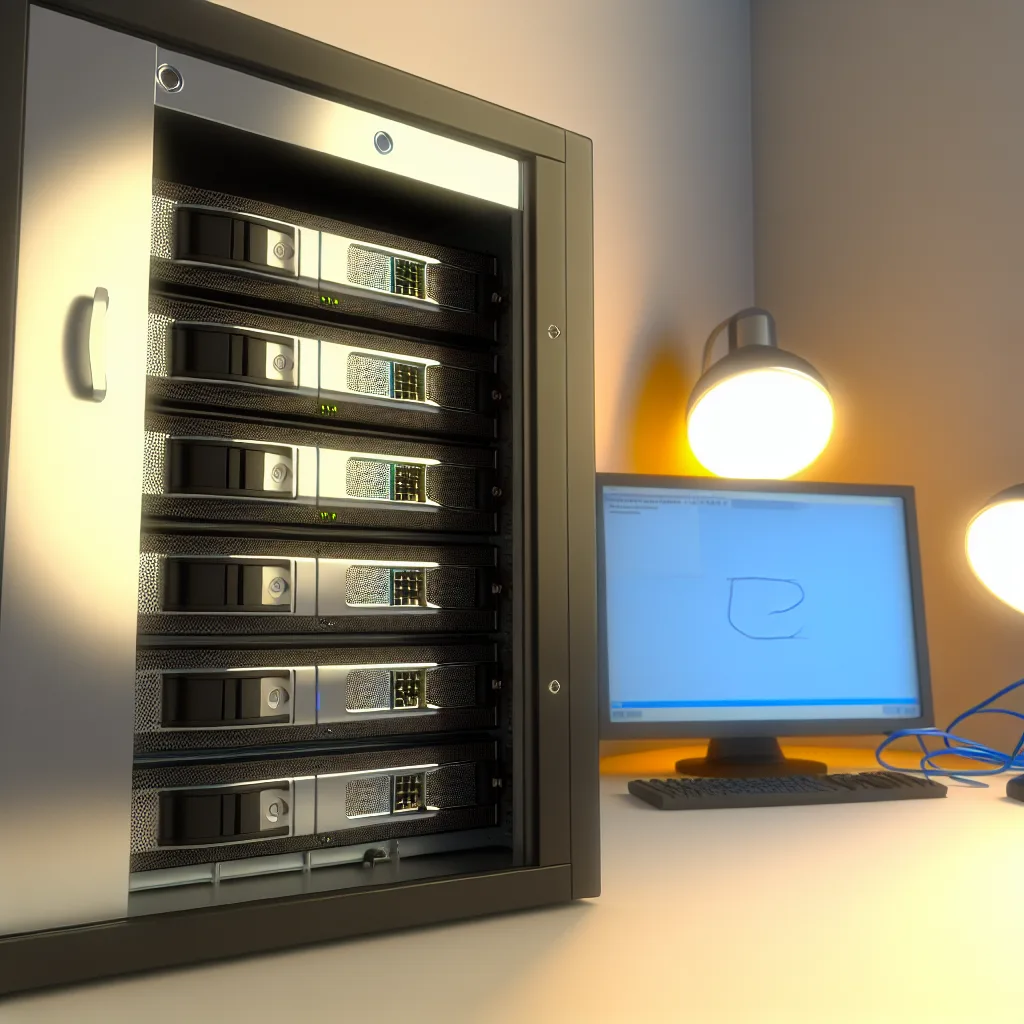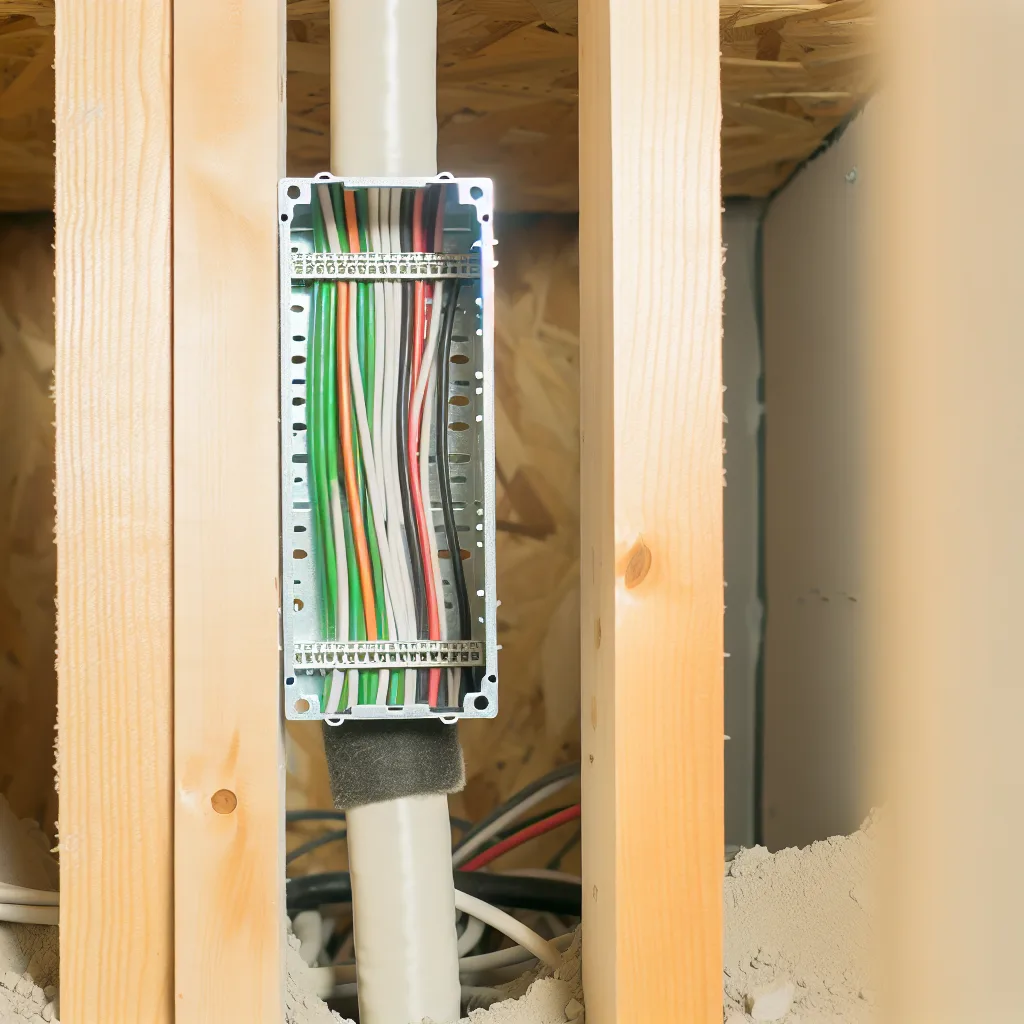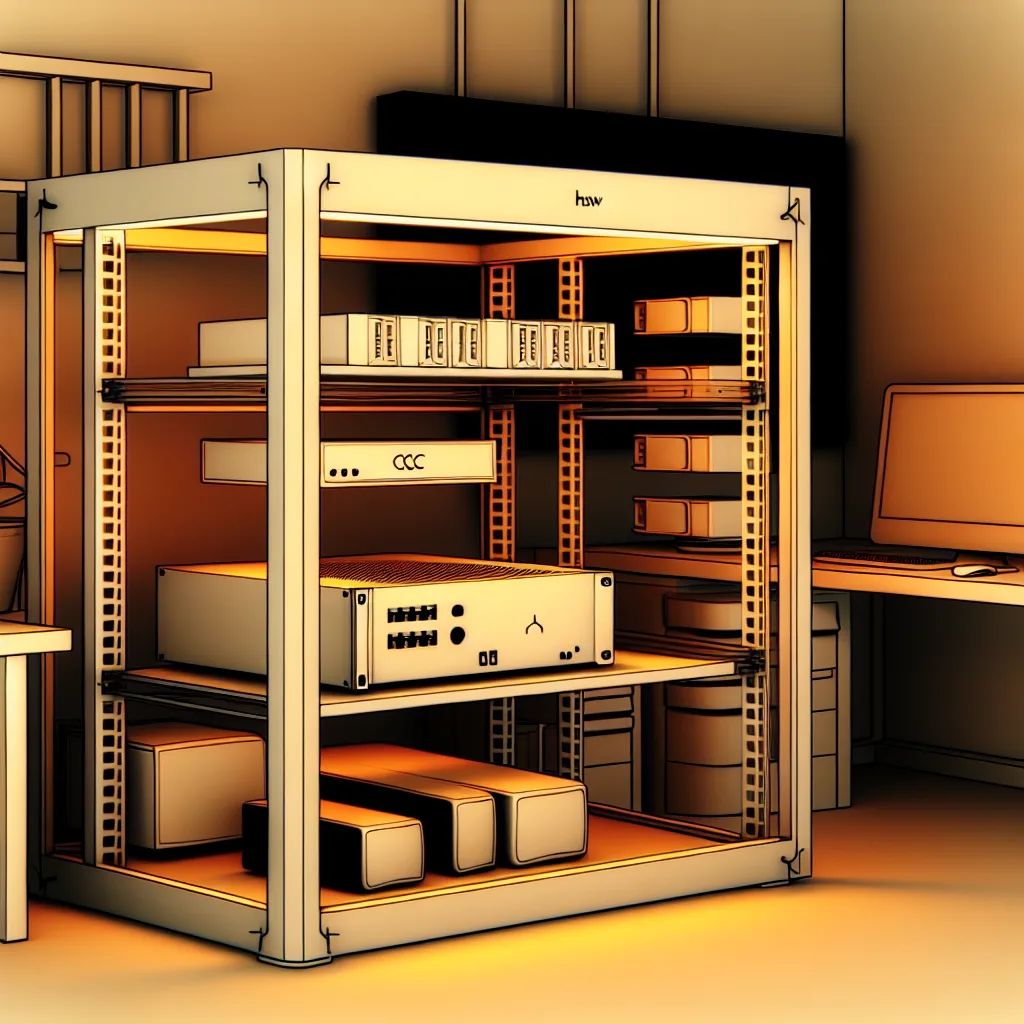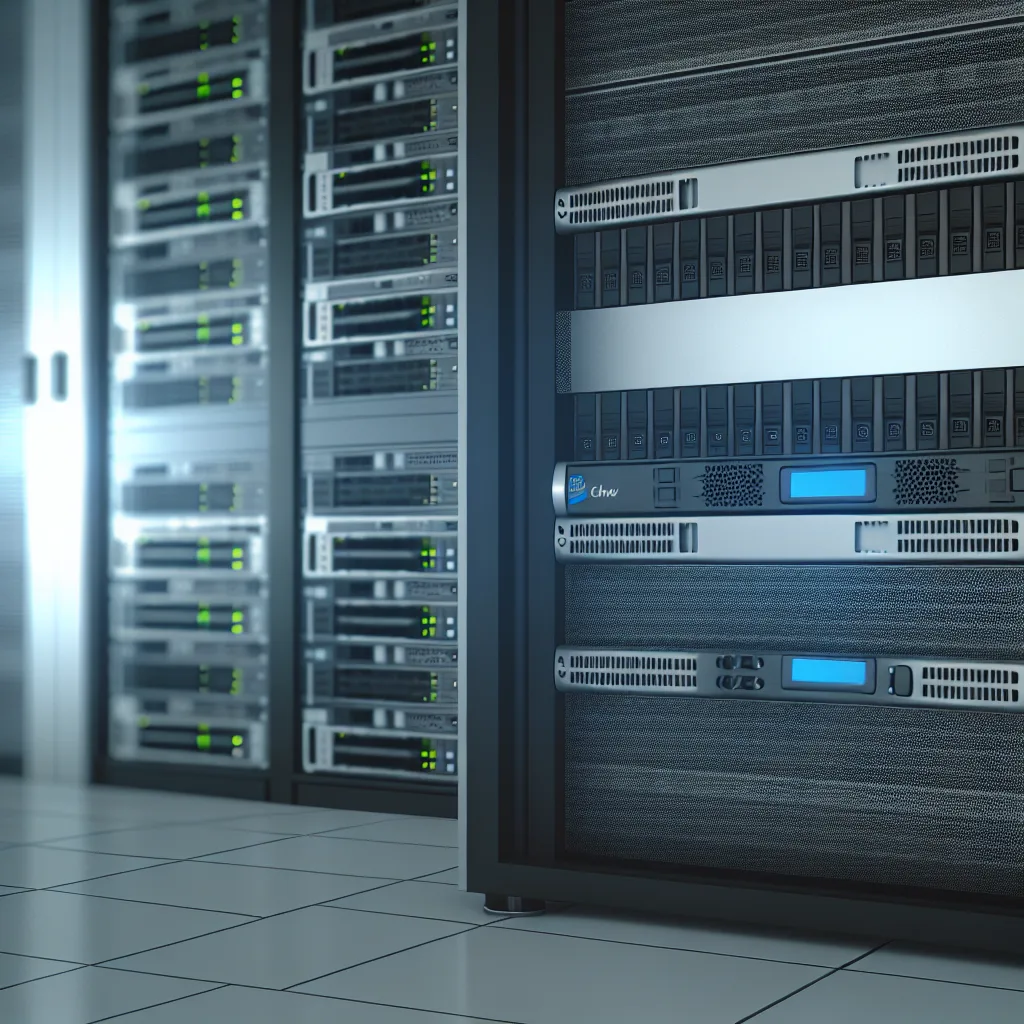A straightforward guide to fixing NFS connection problems in your home lab setup
If you’ve been tinkering with a home lab or running virtual machines, chances are you’ve bumped into file sharing headaches—especially when using network file systems like NFS. I recently faced an NFS issue between Proxmox and TrueNAS, two popular choices for virtualization and storage, and I thought sharing my experience might help someone out there.
Understanding the NFS Issue
Network File System (NFS) is a way to share folders over a network so multiple systems can access the same data. Proxmox, a versatile virtualization platform, often pairs with TrueNAS, a reliable storage server, to create powerful setups. But when NFS doesn’t play nice, it can be frustrating.
The main symptoms of my problem were connection refusals, interrupted mounts, and files not syncing correctly between the Proxmox host and the TrueNAS storage. If you’re seeing similar issues, it’s usually down to a few common culprits.
Common Causes of NFS Issues
- Permissions and Ownership: NFS relies heavily on user IDs and permissions. If Proxmox can’t access the NFS share because of permission issues on TrueNAS, it throws errors.
- Network Configuration: A misconfigured firewall or network settings can block NFS traffic. Since NFS uses specific ports, those need to be open.
- NFS Version Mismatch: Sometimes, Proxmox and TrueNAS are set to use different NFS versions (like NFSv3 vs NFSv4). This difference can cause mounting problems.
- Exports Configuration: TrueNAS exports (shares) need to allow the Proxmox IP addresses and the right security options.
How I Fixed My NFS Problem
Here’s the quick rundown of my troubleshooting process:
- Checked Permissions: I logged into TrueNAS and made sure the NFS share permissions included the Proxmox user or at least allowed the IP range of my Proxmox server. Also, I ensured the user IDs matched or used ‘all_squash’ with ‘anonuid’ settings where needed.
- Verified Network Settings: A quick firewall check confirmed that TCP ports 2049 (NFS) and 111 (RPC) were open between the two systems.
-
Unified NFS Version: I set both Proxmox and TrueNAS to use NFSv3 because sometimes the newer NFSv4 has compatibility quirks.
-
Updated Exports: On TrueNAS, I edited the NFS export settings to explicitly allow my Proxmox server’s IP and used the right security and access options.
After these tweaks, I restarted the NFS services on TrueNAS and remounted the drives on Proxmox. Voila! Everything worked smoothly.
Helpful Tips for Your Setup
- Use the
showmount -e <truenas-ip>command from Proxmox to see what shares are available. - On Proxmox, mount NFS shares with the
vers=option to specify NFS version explicitly. - Keep an eye on logs (
/var/log/syslogordmesg) for clues if things go sideways.
Additional Resources
If you want to dive deeper or get official guidance, check out the TrueNAS NFS Documentation, and Proxmox’s own Storage Documentation.
Wrapping It Up
An NFS issue between Proxmox and TrueNAS can feel like a bit of a puzzle at first—permissions, network settings, versions—it all matters. But getting it right means your storage and virtual machines communicate smoothly without hitches. This setup is great for anyone looking to maximize their home lab, so don’t be afraid to tinker and troubleshoot. If I can get through it, so can you!
Remember, the key is patience and checking each piece step-by-step. Good luck, and happy lab-building!
